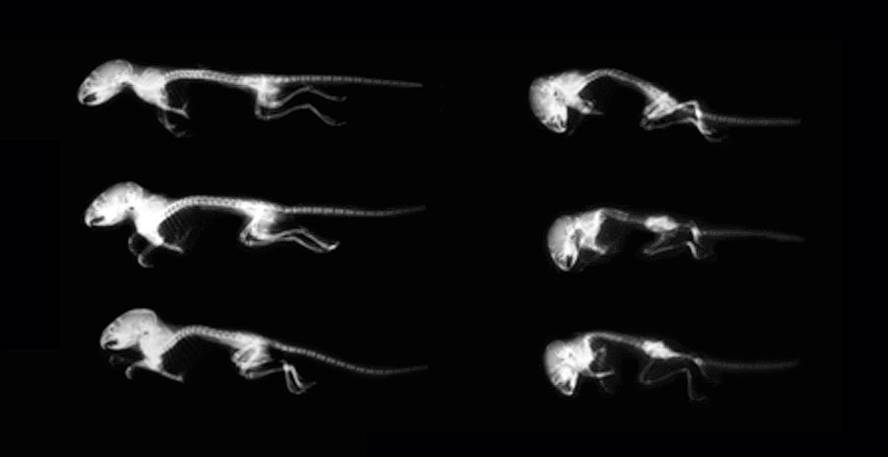They have managed to grow mice with nanism

Achondroplasia has been treated in the mouse with nanism caused by genetic disease, blocking growth factors. Due to the mutation of a gene, growth factor receptors in cartilage cells have excessive activity, which causes nanism. The biologists of the French institute INSERM find a solution to avoid nanism: the introduction of a molecule that blocks growth factors prevents the disease itself from healing, but mice grow. The results of the research have been published in the journal Science Translational Medicine.
The bone is produced from cartilage, specifically when cartilage cells called chondrocytes grow and die, they are replaced by bones. In people with achondroplasia and mouse, however, chondrocytes do not correctly perform the process. FGFR3 receptors located on the cell wall have an excessive activity that prevents cell maturation and bone formation. The consequence is Nanism.
Thus, it was thought to reduce the growth factors to the INSERM team. By applying free copies of the FGFR3 receptor to mice, growth factors are distributed among all receptors and do not reach too much to those on the cell wall. Thus, treated mice did not develop the symptoms of achondroplasia and grew normally.




